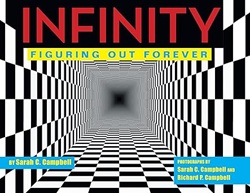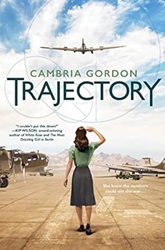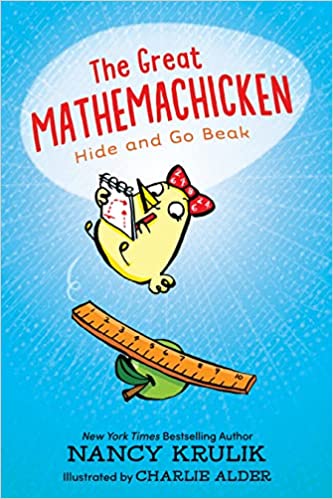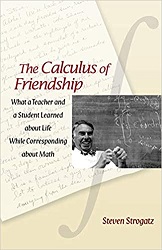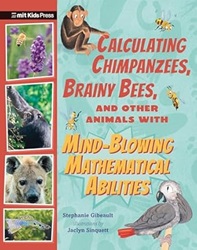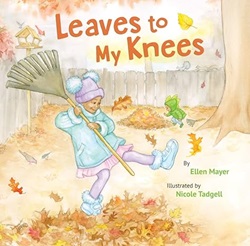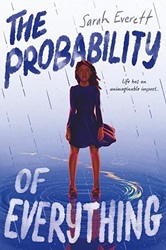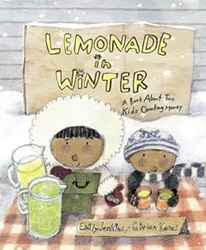Review of Much Ado About Numbers, by Rob Eastaway
Shakespeare’s Mathematical Life and Times
by Rob Eastaway
The Experiment, 2024. Originally published in the United Kingdom by Allen & Unwin, 2024. 215 pages.
Review written January 13, 2025, from a book sent to me by the publisher.
2025 Mathical Book Prize Honor Book, High School
This is a book about math in Shakespeare’s life and writings, with all its interesting trivia.
I perhaps read the book too quickly. Trying to get through it, some of the facts seemed indeed trivial – but read as interesting tidbits, it’s quite a collection that makes you realize how much mathematics has changed in over three hundred years. I do think that folks obsessed with Shakespeare would get a bit more out of it than someone like me who’s obsessed with math – but at the same time, I hadn’t realized how Shakespeare lived just when the use of Arabic numerals – and the number zero – were becoming popular.
And math in the time of Shakespeare ended up having many side topics – words used for counting and measuring (“full fathom five,” “threescore and ten,” etc), games popular at the time, a list of how English shillings and crowns and other coins worked, navigation and maps, music, musical scales, and meter, astronomy, the colors of the rainbow, and even the Francis Bacon code which people try to use to show that he was the actual author of Shakespeare’s works.
I’ll confess, the book goes into a bit more detail than I really cared about. But this would be a fantastic reference for an author trying to write about Elizabethan times or fun for any Shakespearean enthusiast. Who knew that there was so much math in Shakespeare’s writings?
robeastaway.com
theexperimentpublishing.com
Find this review on Sonderbooks at: www.sonderbooks.com/Nonfiction/much_ado_about_numbers.html
Disclosure: I am an Amazon Affiliate, and will earn a small percentage if you order a book on Amazon after clicking through from my site.
Disclaimer: I am a professional librarian, but the views expressed are solely my own, and in no way represent the official views of my employer or of any committee or group of which I am part.
What did you think of this book?

